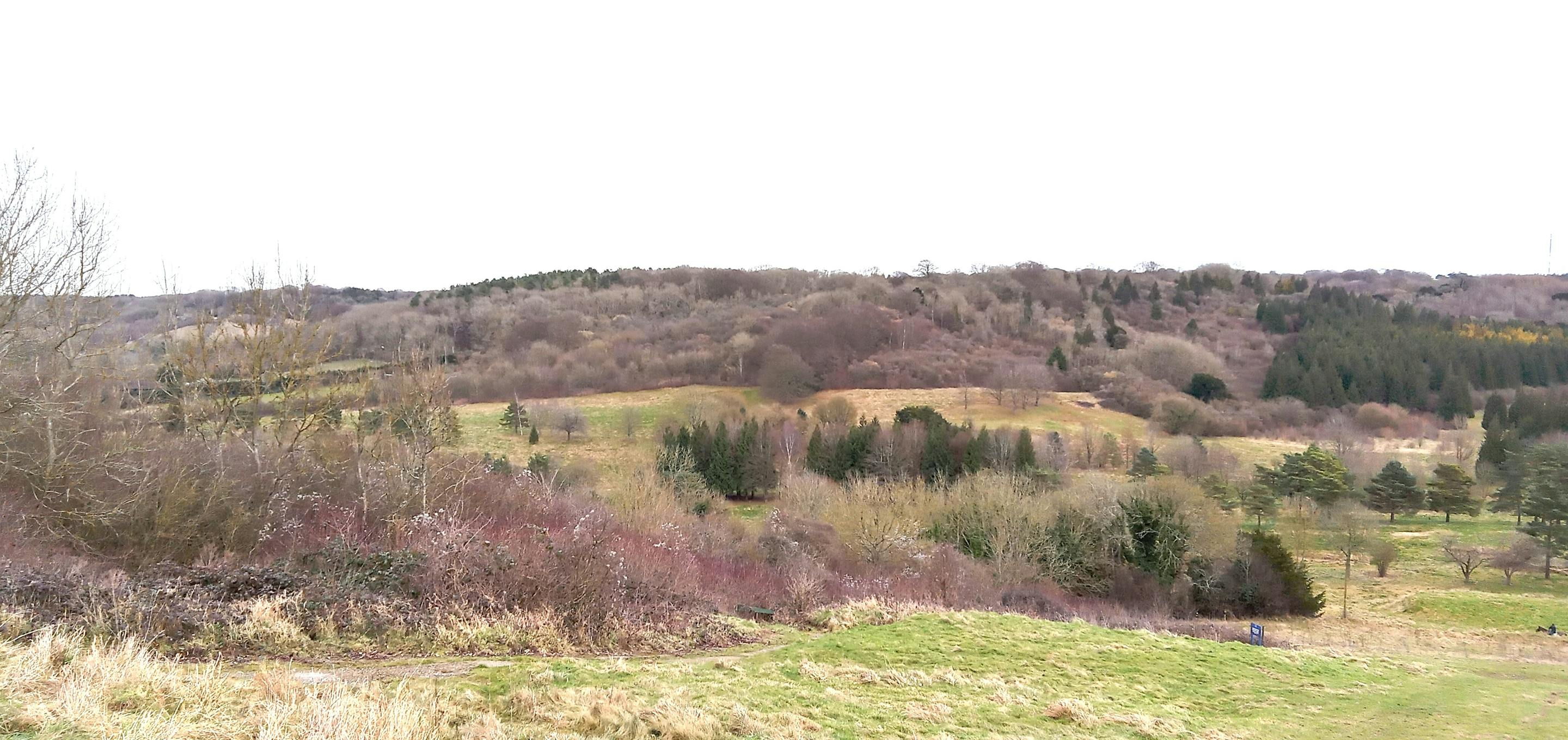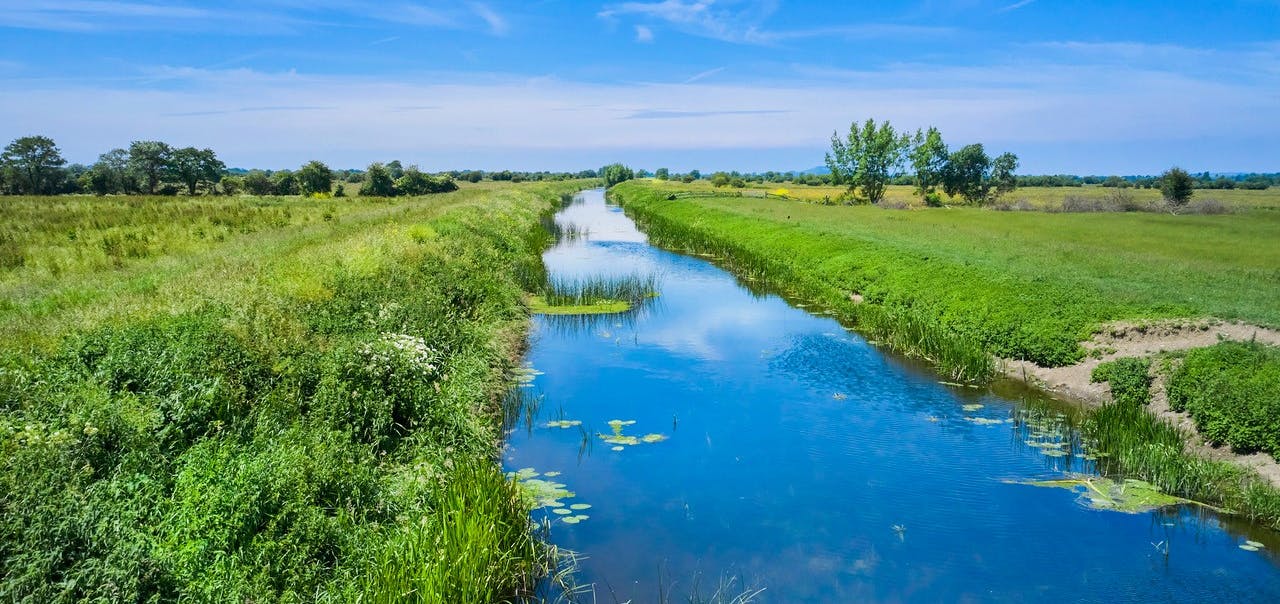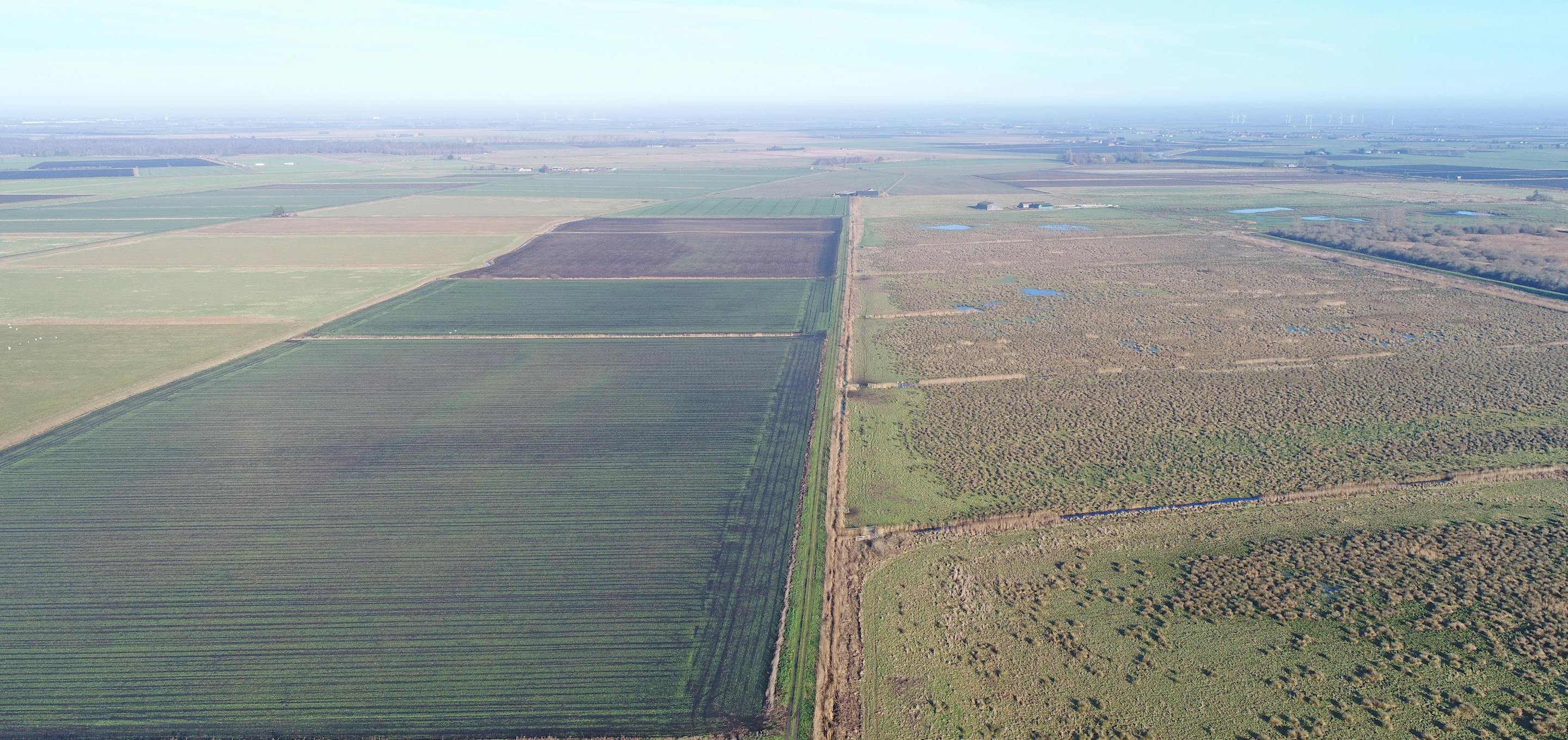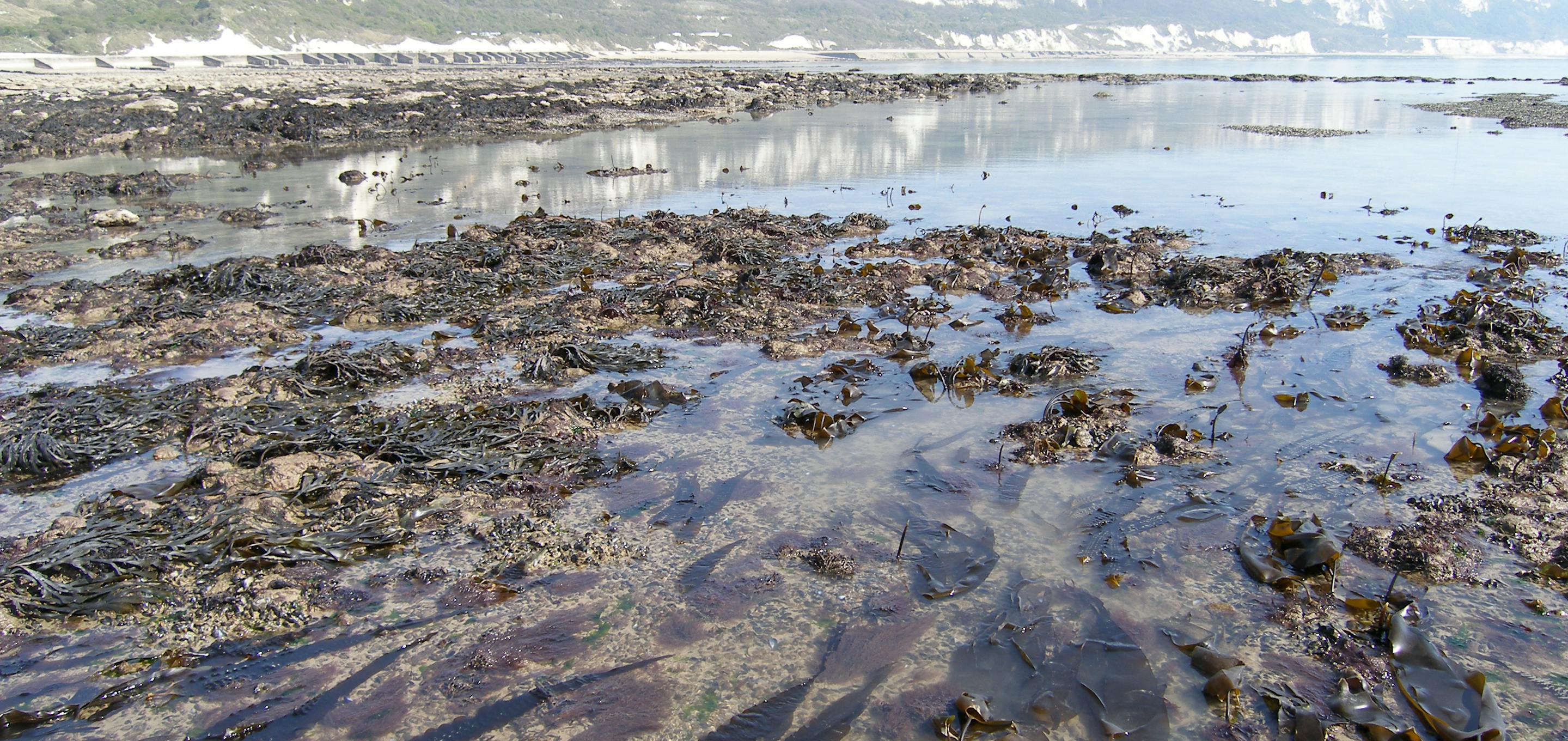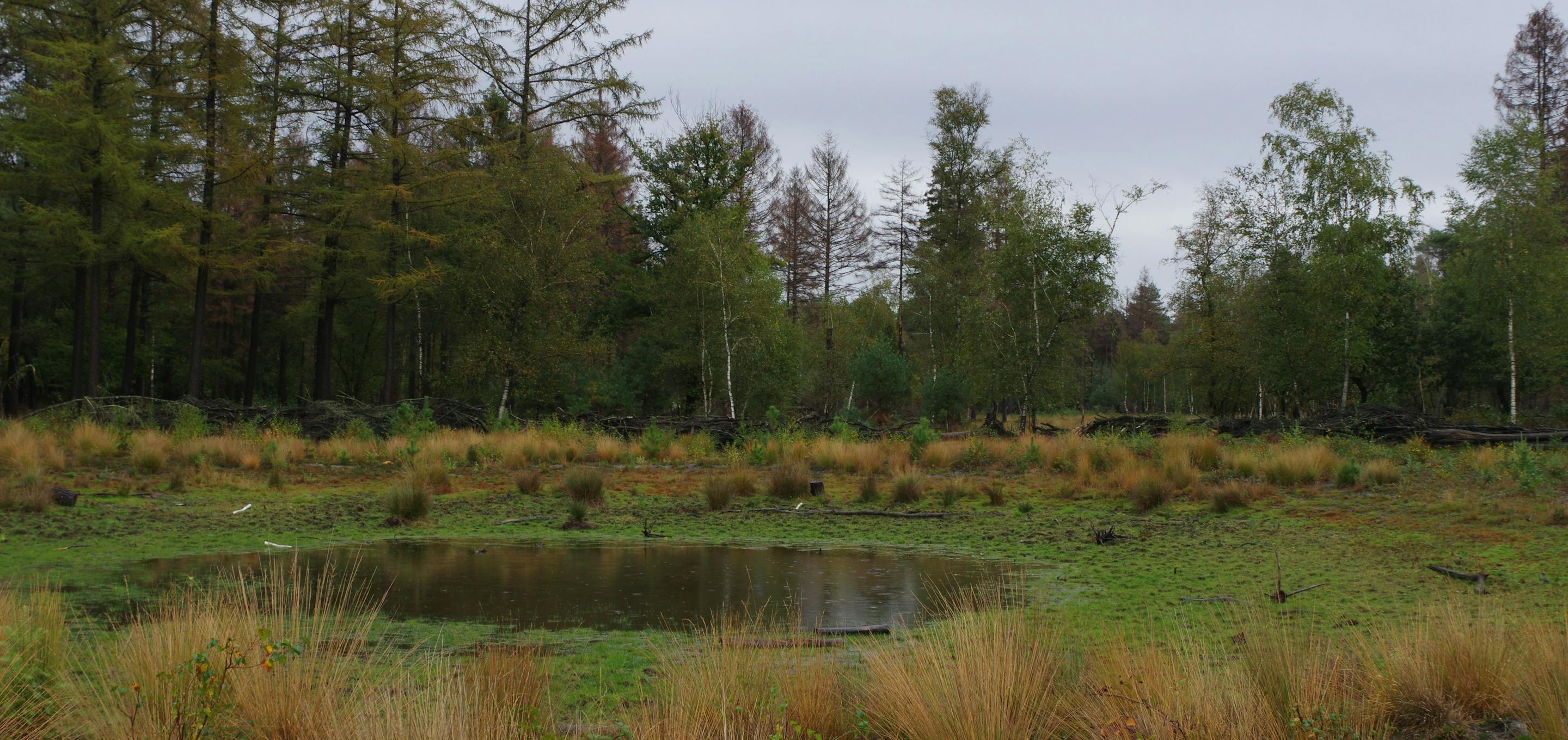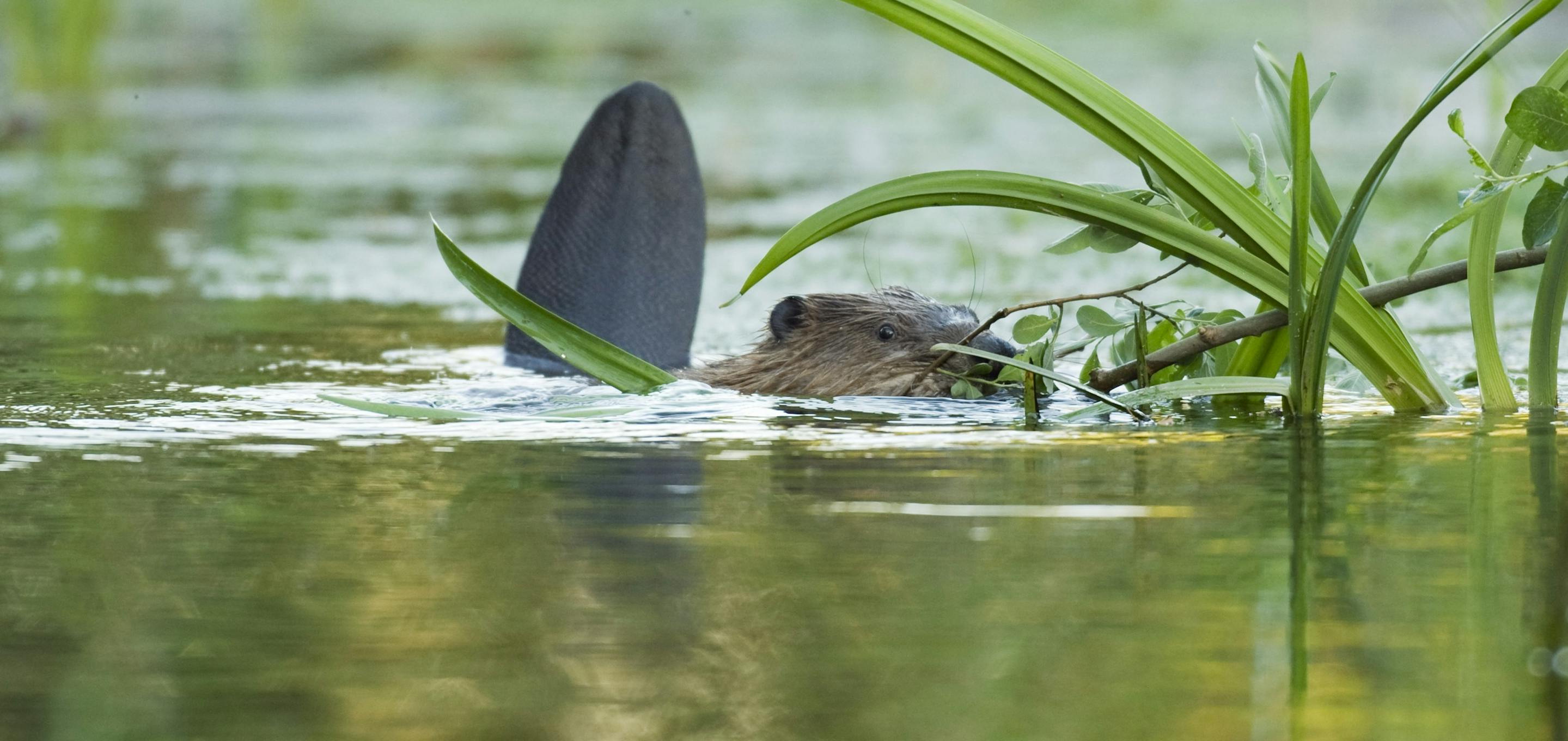
Mercer's Farm
Kent Wildlife Trust recently acquired an area of relic fen bordering its Ham Fen Nature Reserve. This extension to the fen is being re-wetted using a combination of natural ecosystem engineers - beaver and water buffalo. We need investment to develop our monitoring and remote sensing capability on this site – enabling the most accurate monitoring of the carbon storage increase on the site and the wildlife it supports.
Cost
Funded
Hectares
tCO2e
(Over 50 years)
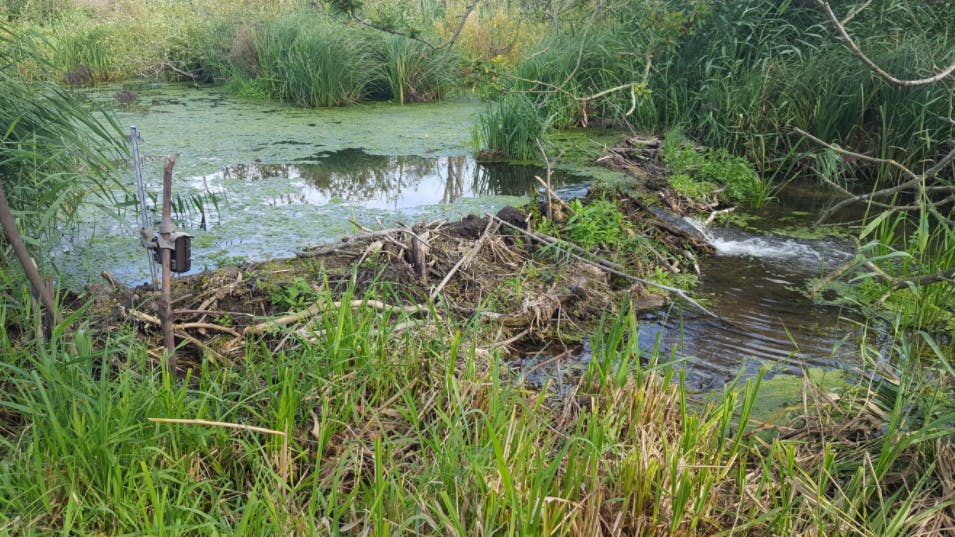
Project Vision
Wantsum Wetlands Nature Recovery Network
Mercers Farm is an extension to the existing Kent Wildlife Trust nature reserve at Ham Fen, near Sandwich in East Kent. This is a relic lowland fen, the remaining undrained area of the Hacklinge Marshes. Ham Fen was the first site in the UK to use the reintroduction of beaver in order to re-wet and restore the fenland. Their presence on site over 20 years has transformed the fen for wildlife and seen a dramatic increase in carbon sequestered by it.
The extension to the Ham Fen reserve provides an immediate investment opportunity to support research to compare carbon sequestration values on both sides areas of the reserve and the impact of beaver in supporting this.
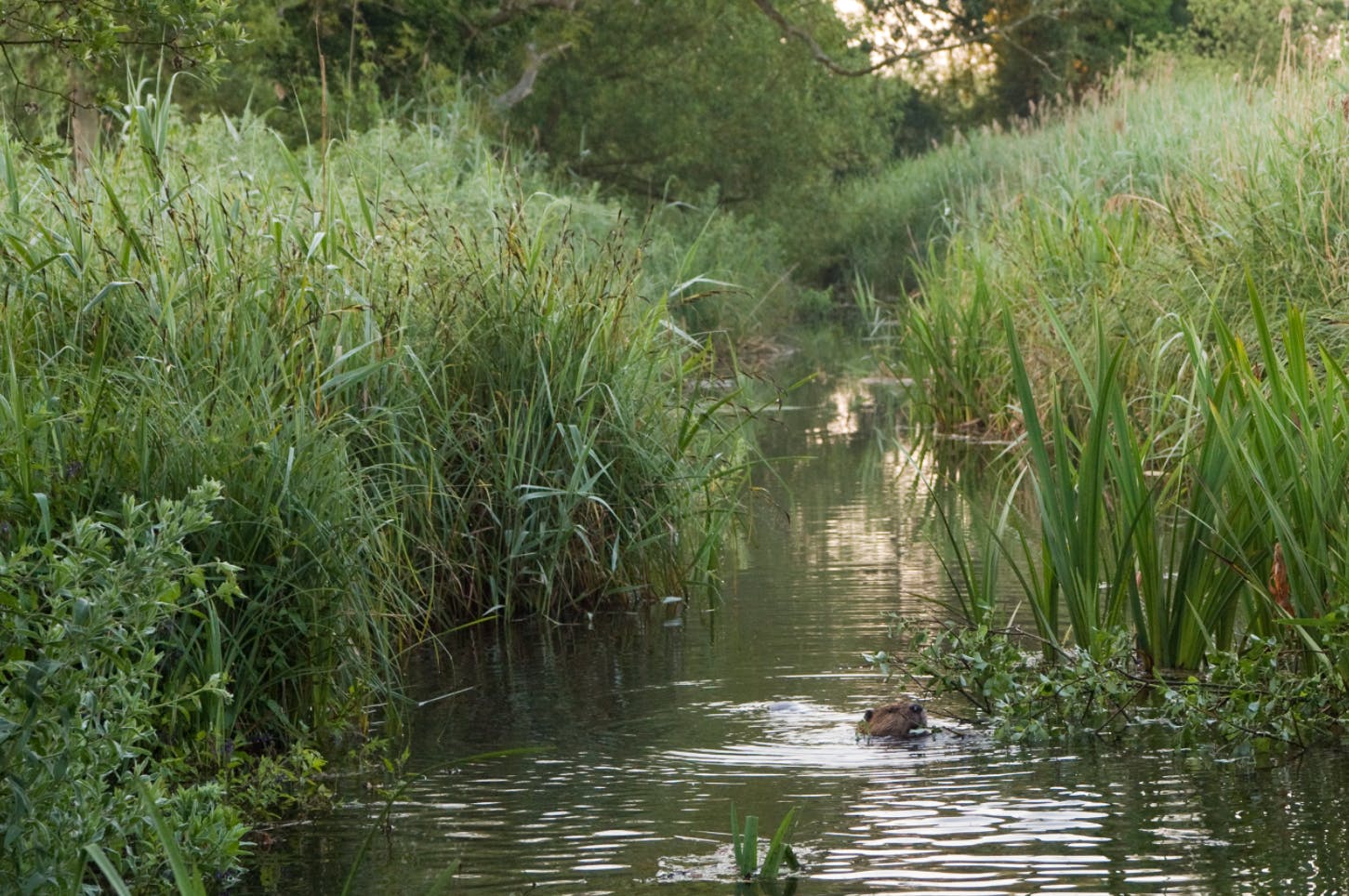
The Aim
Research & Development
Kent Wildlife Trust are working in collaboration with Centre for Ecology and Hydrology and Christchurch College Canterbury University to build and install a number of peat motion sensors, greenhouse gas (GHG) flux chambers/sensors and automated floating chambers for deployment in streams/ponds to measure terrestrial and aquatic GHG fluxes.
We area also linking in with other partners and universities to study the influence of beavers on the sites carbon balance through measurements across both the Ham Fen and Mercers Farm sites.
This research is a vital opportunity to better understand the carbon sequestration values of lowland peat habitat as it is progressively re-wetted.
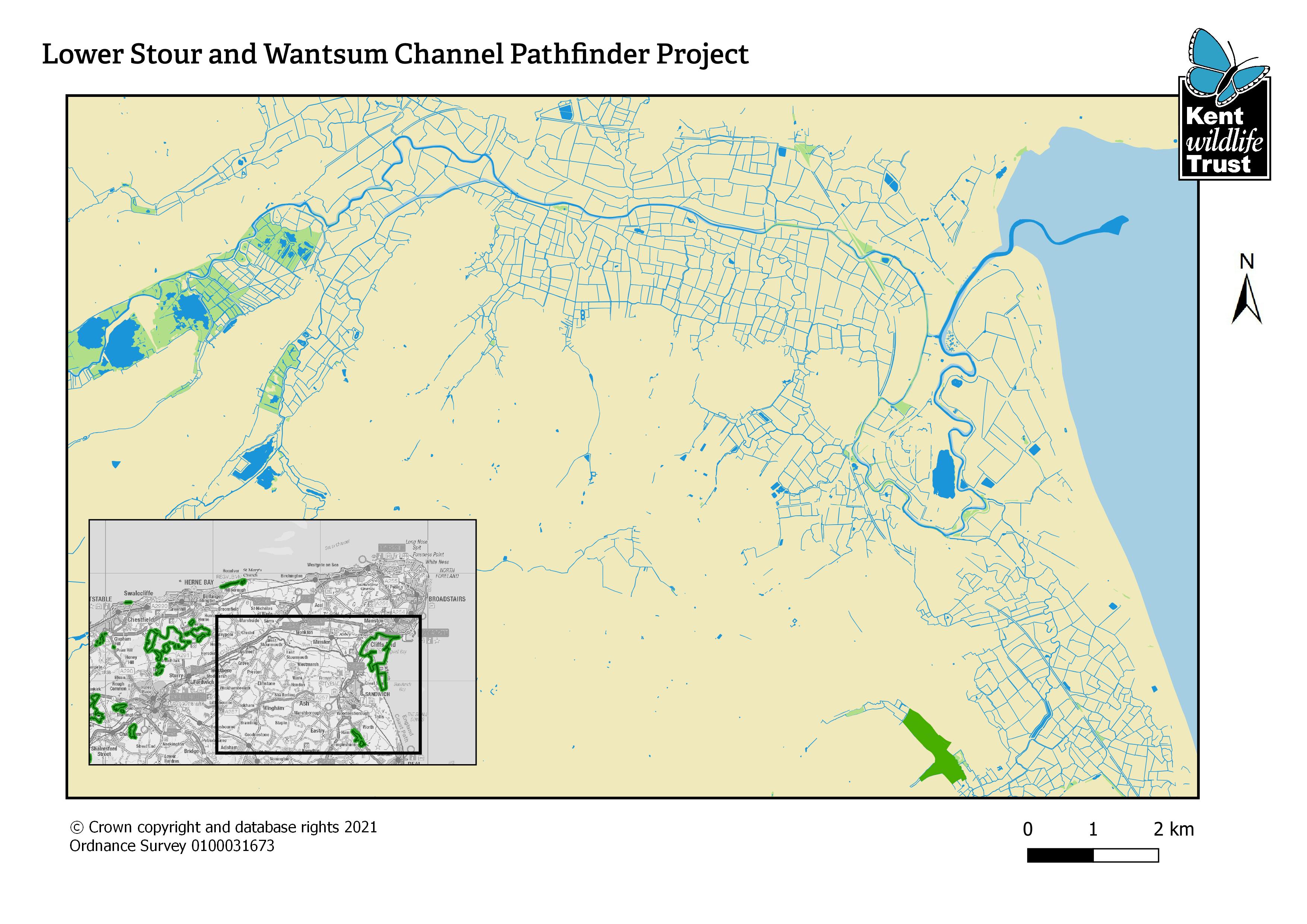
Speak to our Delivery Team
Our delivery team consists of in-house experts who can talk to you about your Wilder Carbon investment.
![Evan Bowen-Jones]() Evan Bowen JonesFounder / Managing Director
Evan Bowen JonesFounder / Managing Director![Paul Hadaway]() Paul HadawayDirector of Conservation
Paul HadawayDirector of Conservation- Sarah BrownlieProgramme Director
![Ross Johnson]() Ross JohnsonHead of Nature Markets
Ross JohnsonHead of Nature Markets![Robbie Still]() Robbie StillHead of Digital Development
Robbie StillHead of Digital Development![]() Helen Gillespie-BrownBusiness Development Manager
Helen Gillespie-BrownBusiness Development Manager
Other Projects
- Research & DevelopmentRead more about Solent Seagrass project
Solent Seagrass
- Research & DevelopmentRead more about Mercer's Farm project
Mercer's Farm
- Ready Now
![]() Read more about South Lakeland project
Read more about South Lakeland projectSouth Lakeland
- Ready Now
![]() Read more about Heather Corrie Vale project
Read more about Heather Corrie Vale projectHeather Corrie Vale
- Ready Now
![]() Read more about Honeygar Farm project
Read more about Honeygar Farm projectHoneygar Farm
- Ready NowRead more about Great Fen: Speechly’s Farm project
Great Fen: Speechly’s Farm
- New OpportunityRead more about Blue Carbon project
Blue Carbon
- In Development
![]() Read more about Wilder Blean Woods Complex project
Read more about Wilder Blean Woods Complex projectWilder Blean Woods Complex
- In DevelopmentRead more about Wantsum Wetlands project
Wantsum Wetlands








